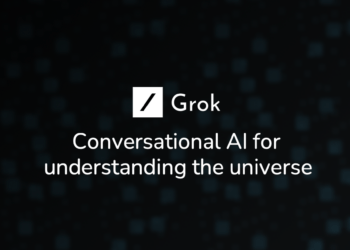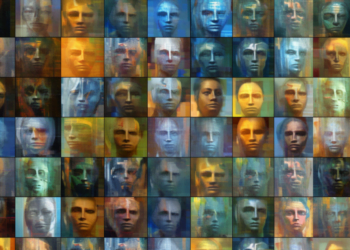In the realm of machine learning, the process of model evaluation is as crucial as the design or training of algorithms. The spectrum of evaluation techniques is varied, and their selection must align with the specific nature of the problem and the interpretation of its context. This article will examine in depth the fundamental evaluation metrics, present the most recent advancements in this field, and explore practical applications, highlighting their relevance through case studies.
Precision and Recall: Fundamentals and Limitations
Traditional metrics such as precision and recall have dominated the evaluation landscape in classification tasks. Precision, calculated as the number of true positives divided by the sum of true positives and false positives, offers a measure of the relevance of the classification results. On the other hand, recall, the quotient between true positives and the sum of true positives and false negatives, assesses the model’s capability to detect all relevant instances.
However, these metrics are not without limitations. In scenarios where classes are imbalanced, high precision can be misleading, overestimating the model’s actual performance. A high recall may also be insignificant without considering the proportion of false positives. The F1 metric, the harmonic mean of precision and recall, attempts to provide balance, although its suitability may not be universal for all contexts.
ROC Curves and AUC: Holistic Evaluation
Receiver Operating Characteristic (ROC) curves and the Area Under the Curve (AUC) offer a more holistic perspective. By plotting the true positive rate against the false positive rate at various decision thresholds, the ROC curve provides an illustration of the model’s discriminative ability. The AUC, by offering a single scalar figure, reflects the probability that the model correctly classifies a random positive event over a negative one. Advanced analysis parameters such as the weighted ROC curve and the adjusted AUC emerge to confront bias in scenarios with imbalanced classes.
Unsupervised Learning and Interpretability: Advances in Metrics
The implementation of metrics in unsupervised learning, such as the silhouette score for cluster analysis, which measures cohesion and accurate identification of clusters, and the cross-validation density, for generative models, reveals the extent of the evaluation taxonomy beyond classification.
Interpreting complex models is another challenge. Interpretability emerges as a metric, though intangible, of growing importance. Post hoc metrics, like LIME (Local Interpretable Model-agnostic Explanations) and SHAP (SHapley Additive exPlanations), seek to unravel the logic of opaque models, becoming industry standards for diagnosing and justifying predictions of highly parameterized models, such as deep neural networks.
Contextualized Evaluation: The Case of Custom Metrics
In environments where relevance is a multidimensional function, such as recommendation systems and web search, custom metrics have been developed. For instance, the precision at top (PAT) evaluates precision only at the top of a recommendations list, highlighting relevance in the highest ranks. Case studies in tech giants like Netflix and Google illustrate the pertinence and effectiveness of these custom metrics in addressing their unique classification and recommendation issues.
Towards Uncertainty Prediction: Calibration Metrics
More recently, uncertainty prediction has gained importance. Calibration metrics, such as the precision calibration curve, which contrasts the model’s prediction confidence with the observed precision, or the prediction-residual plot in regression, facilitate a more robust understanding of the model’s real value and margins of error.
The Future: Continuous Evaluation and Adaptive Machine Learning
Looking towards the future, a refinement of metrics that can support continuous evaluation and self-feedback of models in adaptive settings is anticipated. Algorithms like Learning to Rank propel this vision, where evaluation is not a final step but an iterative and integrated process.
In conclusion, as the domain of machine learning evolves at an unprecedented pace, evaluation metrics also undergo a metamorphosis in parallel. New application domains and challenges in interpretation and trust demand the creation and critical adoption of deftly-crafted metrics. The development of these tools must balance precision and practical utility, serving as a compass for future research and present-day implementations.






















